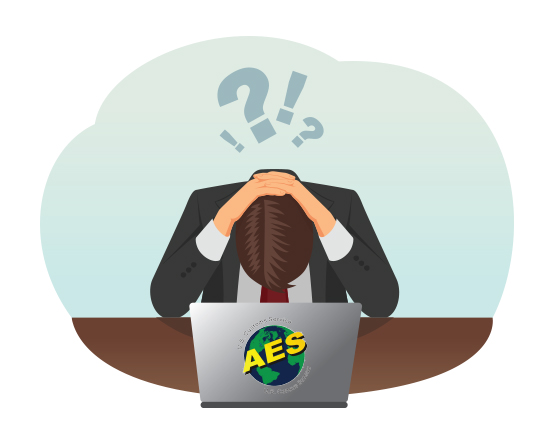
A new AES function, deployed by the Bureau of Industry and Security (BIS), with help from U.S. Customs and Border Protection, assists filers with tracking decrementing license values. If the license quantity or value has been or will be met, filers will receive one of the following messages straightaway:
- The BIS license value has been met or exceeded by a prior filing.
- The BIS license value has been exceeded by the current filing.
- The allowable shipping tolerance (10% over BIS license value) has been exceeded by the current filing.
- The remaining value on the BIS license may be negative.
These messages will not prevent the issuance of an ITN, nor will they result in a fatal error. However, if you do receive any of these warnings, it means you have the ability to stop the export from shipping and apply for a new license. Otherwise, you may end up with a penalty, if the issue is not properly handled prior to export.
Keep a Positive Outlook
Although it may not seem like it, these messages from the AES system are a positive addition to the process, since they provide exporters with timely feedback as to what is wrong with their shipment. Before this update, you could have found yourself, months later, caught up in the middle of an investigation and facing a possible export violation. Now, the new function will allow exporters to better manage their commerce licensed exports, making it easier to catch a problem before there is an export violation.
Communicate Internally
It will be imperative to take a second look at your internal process to prepare in the event you receive one of the messages above. Communication between your compliance and shipping departments, and your authorized agent handling your AES filings, is crucial. If your shipping department or agents receives one of these license condition messages, it is important that they inform you, to ensure that everyone is on the same page to prevent a potential export violation.
Keep in Mind
For BIS-licenses obtained prior to July 28, this decrementing will not reflect previously declared values or quantities filed in AES.
By Danielle Passage

